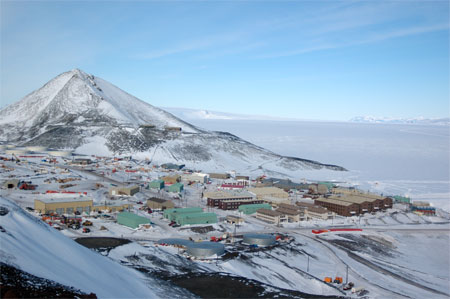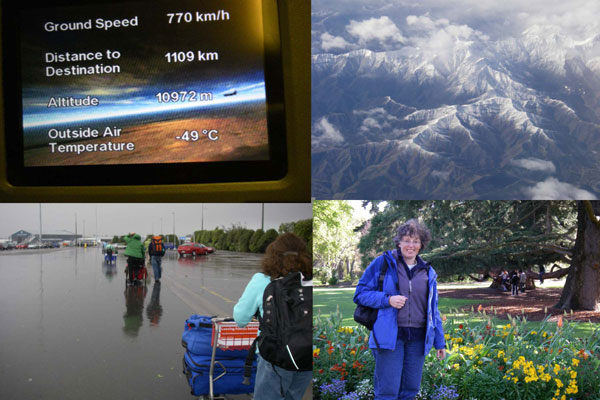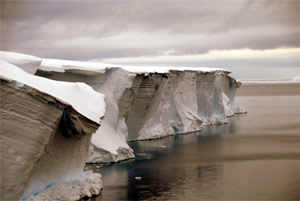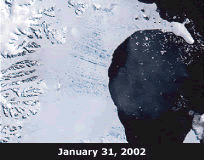
Image courtesy of NSF. | ||||
| ||||
You might also be interested in:

Traveling Nitrogen Classroom Activity Kit
Check out our online store - minerals, fossils, books, activities, jewelry, and household items!...more
The Antarctic Region
What Will You Find There? South of the Antarctic Circle (at 66.5°S latitude) you will find the continent of Antarctica surrounded by the Southern Ocean, the geographic South Pole and the magnetic South...more
Antarctica
Antarctica is unique. It is the coldest, windiest, and driest continent on Earth. The land is barren and mostly covered with a thick sheet of ice. Antarctica is almost entirely south of the Antarctic Circle...more
En Route to Antarctica - First Stop New Zealand
Hello Everyone! We are not in Antarctica yet - but we are getting closer! We are now in Christchurch, New Zealand. We still have to get all our Extreme Cold Weather Gear from the Clothing Distribution...more
The Cryosphere
The cryosphere includes the parts of the Earth system where water is in its frozen (solid) form. This includes snow, sea ice, icebergs, ice shelves, glaciers, ice sheets, and permafrost soils. Approximately...more
Glaciers and Ice Sheets
For a glacier to develop, the amount of snow that falls must be more than the amount of snow that melts each year. This means that glaciers are only found in places where a large amount of snow falls each...more
Ice Shelves
Ice shelves are a part of the Earth's cryosphere. Ice shelves are usually extensions of glaciers or ice sheets that cover the land. An ice shelf is a part of an ice sheet that extends from land out over...more
Antarctic Gateway
Hello, We were able to get to McMurdo Station in Antarctica pretty quickly: we left the States on December 10, added a day crossing the International Date Line, rested a day in New Zealand, then caught...morePlease log in
Science Blogs
Real Climate: climate science from climate scientists

Windows to the Universe, a project of the National Earth Science Teachers Association, is sponsored in part is sponsored in part through grants from federal agencies (NASA and NOAA), and partnerships with affiliated organizations, including the American Geophysical Union, the Howard Hughes Medical Institute, the Earth System Information Partnership, the American Meteorological Society, the National Center for Science Education, and TERC. The American Geophysical Union and the American Geosciences Institute are Windows to the Universe Founding Partners. NESTA welcomes new Institutional Affiliates in support of our ongoing programs, as well as collaborations on new projects. Contact NESTA for more information.




